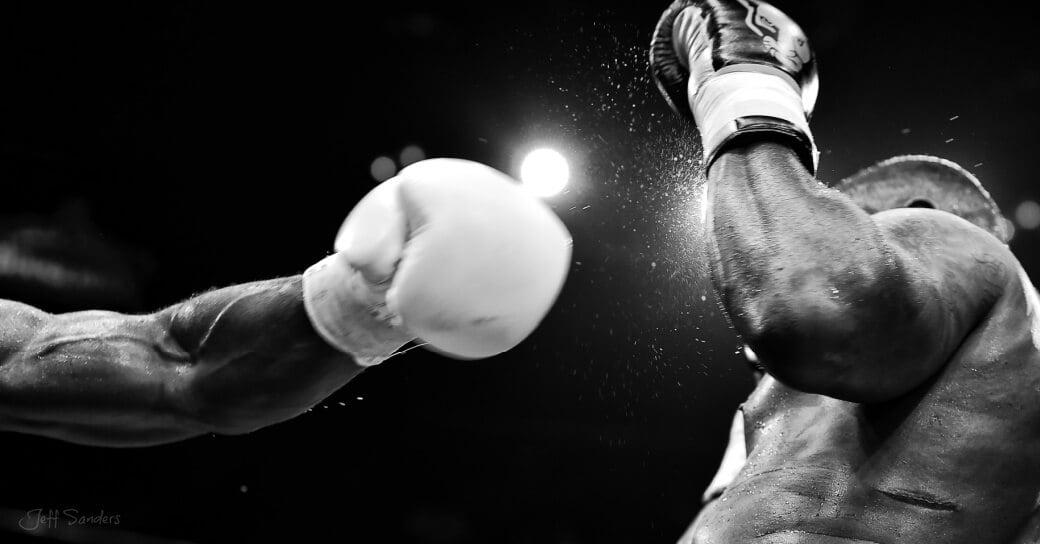How Playing an iPhone Game
Made Me More Productive
Sounds crazy, but it’s true. Playing an iPhone game made me more productive and it made boring work more fun — not because I played the game, but because of how the game is played.

Photo Credit: Jeff Sanders
5 AM Miracle Premium
* This Archive Episode is Available Exclusively on 5 AM Miracle Premium *
I’m not much of a gamer. I don’t own any game consoles like the Xbox, PlayStation, or even a Wii. I also don’t have any games installed on my phone.
On occasion I will download a game just out of curiosity. That’s how, 6 months ago, I got hooked on Temple Run and made a phenomenal discovery about addiction, goal achievement, and turning mundane tasks into fun adventures.
Smart Games Encourage us to Keep Playing
Temple Run is a great game for many reasons, the most important in this context is that it’s addicting. I found myself playing the game over and over again because the developers included a few core features to keep me coming back for more.
There were goals to achieve, levels to reach, coins to collect, and rewards to be won. In essence, it was a grand adventure even though I was literally doing the same thing over and over again hundreds of times.
Without the ongoing encouragement to keep playing I would have stopped in just a few minutes, much like I have done with other games.
Smart game developers pull out all the stops to keep their gamers coming back again and again to the same user experience because that experience is enticing. The gamer is making progress and wants to continue that progress for as long as possible.
The only reason I quit playing this game is that I achieved all that I could. There were no reasonable objectives left. Though I could have continued playing out of habit, without an achievable goal on the horizon I was done.
Turning Goals into Games Through Gamification
You may have not have heard of gamification, but you have likely seen it in use. Gamification is the process of adapting core features of games like Temple Run, and integrating them into your own goals, projects, or business.
Gamification Defined: “the process of taking something that already exists ñ a website, an enterprise application, an online community ñ and integrating game mechanics into it to motivate participation, engagement, and loyalty. Gamification takes the data-driven techniques that game designers use to engage players, and applies them to non-game experiences to motivate actions that add value to your business.” – Bunchball
If you have ever used the Foursquare app and tried to become the Mayor of a location, you have been an active “player” and experienced gamification.
LinkedIn also uses gamification with their “profile completeness” progress bar.
Anytime you are asked to complete a profile, reach 100% of some measure of progress, or achieve a “badge” to show off to your friends you have been gamified.
The Mechanics That Make it Work
There are 10 primary and highly effective game mechanics that encourage “players” to accomplish a goal. Here are those 10 mechanics as outlined by Bunchball, a company that specializes in helping other businesses use gamification to get their employees to actually do stuff.
- Fast Feedback: receiving immediate feedback or response to actions towards a goal.
- Transparency: always knowing where you stand in relationship to the desired end result.
- Goals: having short- and long-term goals to achieve.
- Badges: showing evidence of accomplishments through visual awards.
- Leveling Up: always knowing your status within your community.
- Onboarding: getting up to speed through engaging and compelling methods.
- Competition: knowing how you are doing compared to others.
- Collaboration: working with a group to accomplish a goal.
- Community: sharing the achievements of others to build group rapport.
- Points: using tangible and measurable evidence of accomplishments.
How to Apply Gamification to Your Goals
The goal of gamification is engagement over time. In other words, if your goals are not exciting enough on their own to keep you motivated, it’s probably a great idea to find anything that will push you forward.
Much of the gamification process is developed for teams, but you can certainly apply these methods to your own goals.
My Daily Rituals Template is also an example of gamification. Keeping track of your progress and reflecting on past behavior is a great way to encourage positive future behavior. That is likely to be the simplest and most direct method to begin using gamification right away.
I have also previously written about The Seinfeld Strategy, which uses an X on a calendar to indicate achievement over time.
Take a look at the list above of the 10 game mechanics. Those are the core strategies that you can apply to your own projects. It may take a little creativity to figure out which badges you want to award or how to provide fast and effective feedback, but that’s what makes this process work.
Find Your Motivating Mechanic
We are not all inspired by the same stimuli. Personally, I know that a progress bar is really motivating to me and that badges don’t do a thing. You may have the opposite response.
When in doubt, play a game you personally love and figure out why you keep coming back to that game. What makes it so special? What is driving your behavior?
Then, figure out how to apply that same lesson to your own goals. Do you love individual competition or sharing the workload? Do like to collaborate but hate seeing your personal progress compared to others around you?
Knowing yourself is the name of the game. When you know what inspires you to keep making progress you will also know how your grandest goals will eventually be accomplished.
Next Week
On the blog next week I will be discussing how to get started on a difficult project when you are stuck on the first step.








